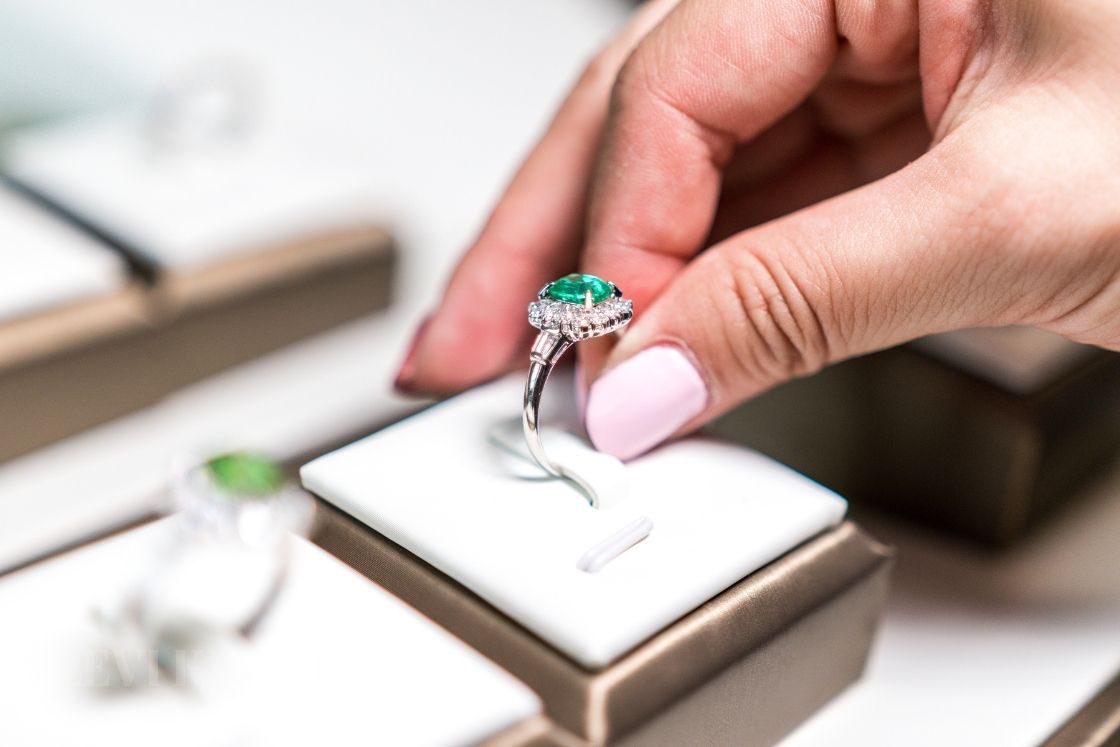It wasn’t a coincidence that L. Frank Baum chose to send Dorothy and her new friends to the Emerald City. The gorgeously verdant hues of emeralds have captured eyes and imaginations for millennia, with the earliest emerald jewelry dating back to the pinnacle of ancient Egyptian civilization. Whether green is your favorite color, you’re a May birth faithful to your month’s stone, or you’re simply on the hunt for something new, emeralds can prove an exquisite addition to your jewelry collection. Before you start hunting for the right piece, learn what to look for when buying emerald jewelry—it’s not exactly like assessing diamonds.
Emeralds and Their Perfect Imperfections
Flawlessness is an enviable trait in diamonds—so enviable, in fact, that such rarities never even make it into jewelry at all. Emeralds, just like people, have flaws. Tiny imperfections both within the stone and on its exterior, called inclusions, shouldn’t dissuade you from making a selection. These inclusions are marks of veracity—an emerald without imperfections is likely artificial. However, while you should accept a certain level of flaws, beware of sizable inclusions on the face of a stone. These could compromise the integrity of the gem, causing it to chip or fracture.
Consider the Color
“Emerald green” functions as a shorthand for a vivid green with the slightest hint of blue—hex value #50C878 for the graphic designers among us. Real-world emeralds aren’t so specific, covering a constellation of greens varying in hue, tone, and saturation. Emeralds can lean from chartreuse to teal, with a faint greenish tint or a deep and dark green almost approaching malachite. You may prefer a little more yellow or blue to your emerald, and its level of darkness is up to you, too. What you really want to look for when buying emerald jewelry is its intensity. An undesirable emerald can appear cloudy, grey, and dull. These aren’t worth your time or money. Instead, seek the highest saturation of green you can.
Don’t Think Big
“Good things come in small packages” is a useful axiom for jewelry in general, but it’s particularly pertinent to emeralds. Don’t expect people to coo over the sheer size of the rock when it comes to these green gems. Natural emeralds simply aren’t very big. As carat weight increases, prices increase exponentially. A 2-carat emerald will cost well over double its 1-carat counterpart. If you’re thinking of setting an emerald in an alternative but alluring engagement ring, concentrate on cut, color, and clarity—the other three of the “four Cs” of gem assessment.








